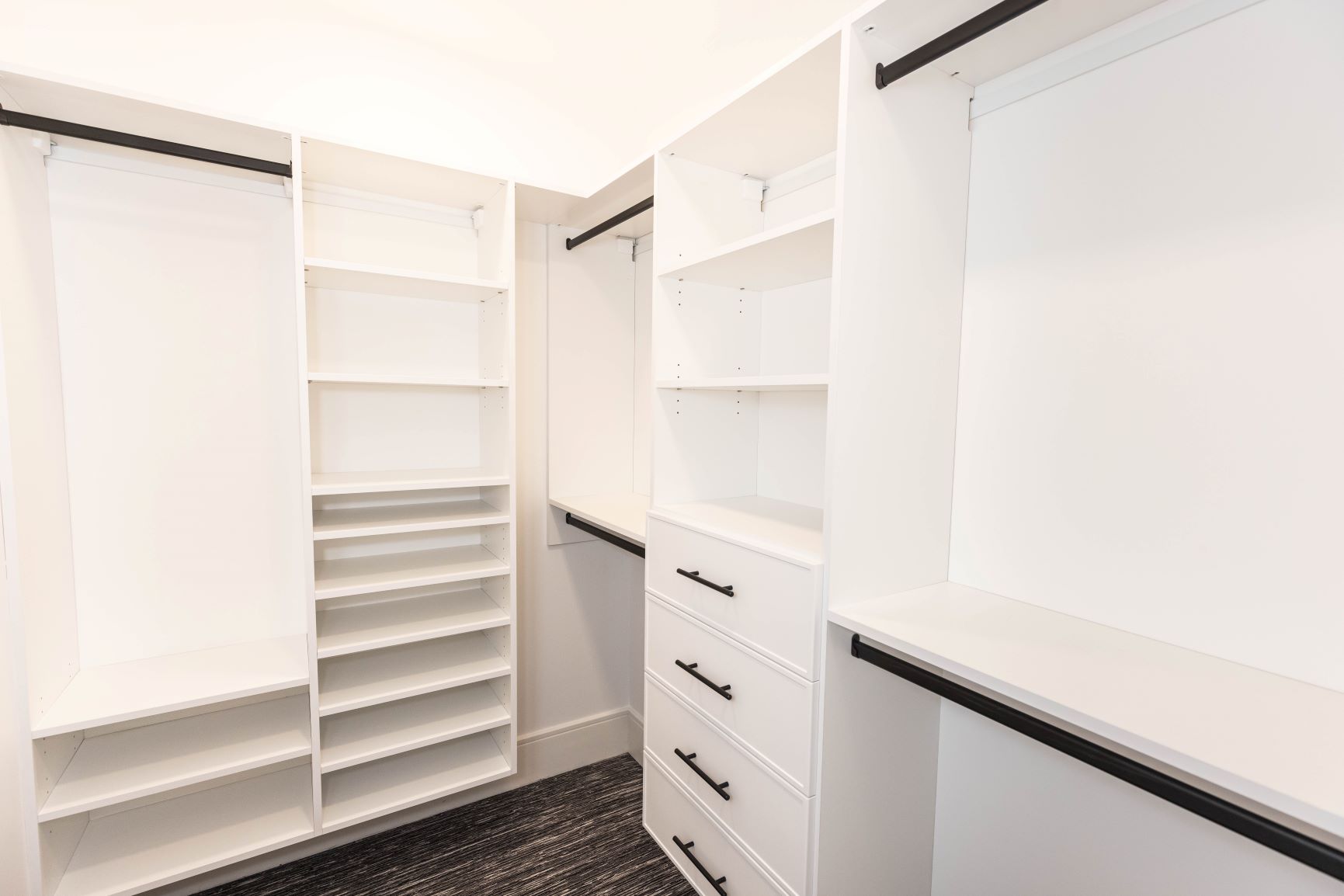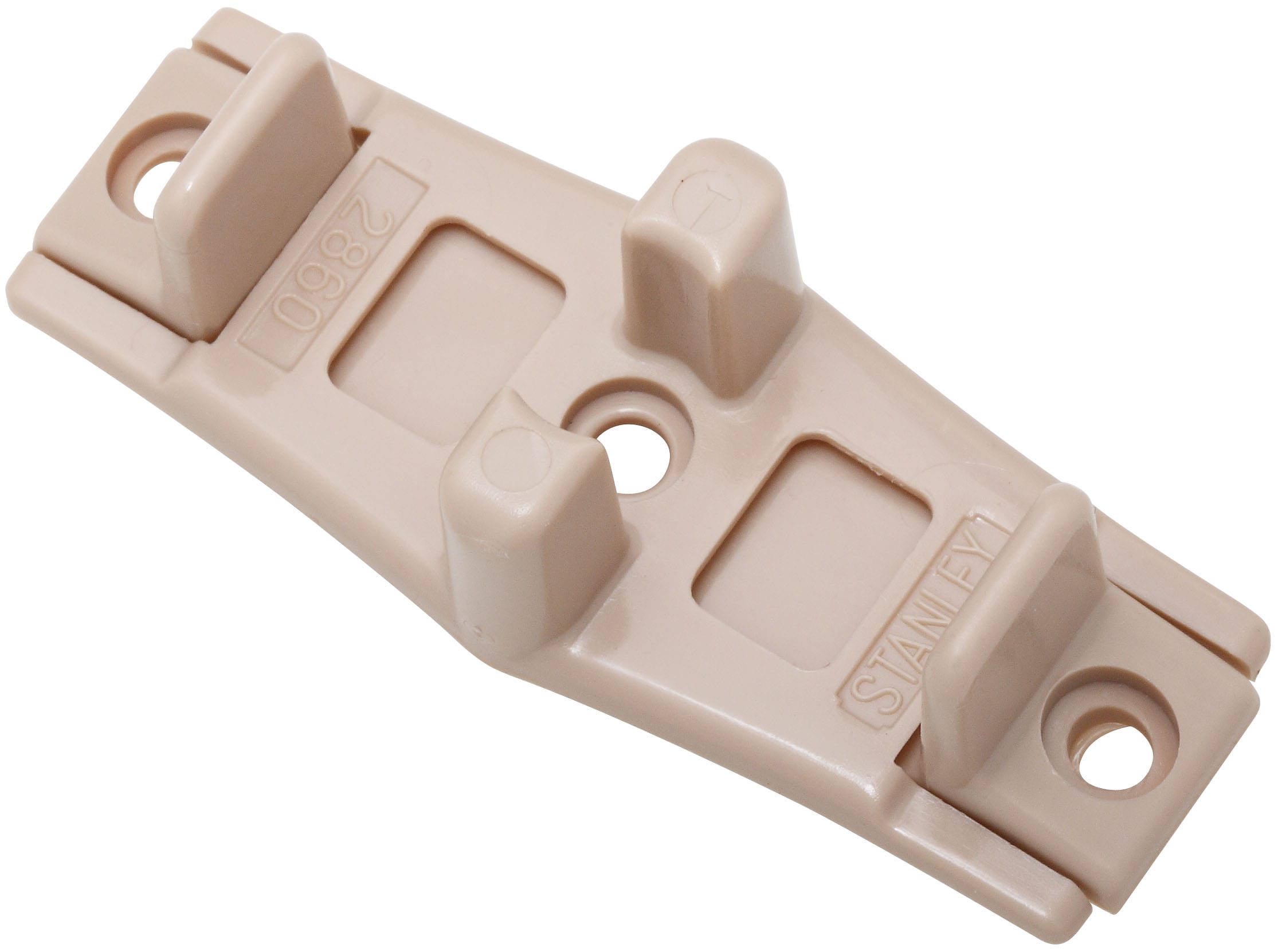Bedroom Closet Door Hardware

Bedroom closet door hardware plays a crucial role in both the functionality and aesthetics of a bedroom. It allows for easy access to clothes and other belongings while enhancing the overall design of the space. Understanding the various types of hardware available and the materials used is essential for making informed decisions about the best option for your needs.
Types of Bedroom Closet Door Hardware
The type of closet door hardware you choose depends on the design and layout of your closet. There are three main types of hardware:
- Sliding Doors: Sliding doors are a popular choice for modern closets as they save space and offer a sleek, minimalist look. They operate on tracks mounted to the ceiling or walls, allowing the doors to slide smoothly back and forth.
- Bifold Doors: Bifold doors consist of two panels that fold in the middle, making them ideal for smaller closets where space is limited. They are typically hinged at the top and bottom, allowing them to fold neatly into a compact space.
- Traditional Hinged Doors: Traditional hinged doors are the most common type of closet door hardware. They are attached to the frame with hinges and swing open like regular doors. Hinged doors are versatile and can be used in a variety of closet designs.
Materials Used in Bedroom Closet Door Hardware
Bedroom closet door hardware is available in a wide range of materials, each with its own unique properties and aesthetics. Some common materials include:
- Metal: Metal hardware is durable, resistant to wear and tear, and comes in a variety of finishes, such as chrome, nickel, brass, and bronze.
- Wood: Wooden hardware offers a classic and elegant look. It can be stained or painted to match the décor of the bedroom.
- Glass: Glass hardware adds a touch of sophistication and modernity to the closet. It can be frosted or etched for privacy.
Benefits of High-Quality Bedroom Closet Door Hardware
Investing in high-quality bedroom closet door hardware offers several benefits, including:
- Durability: High-quality hardware is designed to withstand years of use without showing signs of wear and tear.
- Security: Secure hardware helps to keep your belongings safe and protected from unauthorized access.
- Aesthetics: Well-designed hardware can enhance the overall look and feel of your bedroom, adding a touch of elegance and sophistication.
Choosing the Right Bedroom Closet Door Hardware

Selecting the right bedroom closet door hardware can significantly impact the functionality and aesthetic appeal of your space. The process involves considering various factors, including budget, style, and functionality, to ensure the hardware complements your bedroom’s overall design.
Factors to Consider
- Budget: The cost of closet door hardware can range from a few dollars for basic knobs to hundreds of dollars for intricate handles. It’s crucial to set a budget before you start shopping to avoid overspending. Consider the overall cost of the closet door hardware project, including the hardware itself, installation costs, and any additional materials.
- Style: The style of your closet door hardware should complement the overall design of your bedroom. Consider the style of your furniture, lighting, and other décor. For example, if you have a modern bedroom, you may want to choose sleek, minimalist hardware. If you have a traditional bedroom, you may prefer more ornate hardware.
- Functionality: Consider how you will be using your closet doors. If you have a walk-in closet, you may want to choose hardware that is easy to grip, such as lever handles. If you have a reach-in closet, you may prefer knobs or pulls that are smaller and less obtrusive.
Tips for Selecting Bedroom Closet Door Hardware
- Consider the Size and Shape of Your Doors: The size and shape of your closet doors will influence the type of hardware you can use. For example, if you have sliding doors, you will need to choose hardware that is compatible with the sliding mechanism.
- Choose Hardware that Complements Your Bedroom’s Style: The style of your closet door hardware should complement the overall design of your bedroom. If you have a modern bedroom, you may want to choose sleek, minimalist hardware. If you have a traditional bedroom, you may prefer more ornate hardware.
- Think About the Finishes: The finish of your closet door hardware should complement the other hardware in your bedroom, such as door handles, cabinet knobs, and light fixtures. Consider the color of your walls, furniture, and other décor when choosing a finish.
- Choose Durable Hardware: Closet door hardware is used frequently, so it’s important to choose hardware that is durable and will withstand regular use. Look for hardware made from high-quality materials, such as brass, stainless steel, or nickel.
Choosing the Right Hardware for Different Types of Closets
- Walk-in Closets: Walk-in closets typically have larger doors, so you can choose hardware that is more substantial. Lever handles are a popular choice for walk-in closets, as they are easy to grip and open. You may also want to consider using door pulls, which can add a touch of elegance to the space.
- Reach-in Closets: Reach-in closets typically have smaller doors, so you may want to choose hardware that is smaller and less obtrusive. Knobs are a popular choice for reach-in closets, as they are compact and easy to use. You may also want to consider using small pulls, which can add a touch of style without taking up too much space.
Installing Bedroom Closet Door Hardware

Installing bedroom closet door hardware can be a rewarding DIY project that adds a touch of style and functionality to your space. This section will guide you through the process of installing different types of closet door hardware, ensuring you achieve a professional and efficient installation.
Installing Sliding Closet Doors
Installing sliding closet doors involves a few key steps:
- Preparing the Track: The track is the foundation for the sliding doors, and it should be level and secure. Measure the width of the opening and cut the track to size. Install the track on the wall, using brackets or screws to ensure it’s firmly fixed.
- Installing the Doors: Once the track is installed, you can attach the doors to the rollers. Slide the doors onto the track and make sure they move smoothly. You may need to adjust the rollers to ensure proper alignment.
- Installing the Hardware: The final step is to install the handles, stoppers, and any other hardware. Follow the manufacturer’s instructions for specific installation details.
Installing Bifold Closet Doors
Bifold closet doors consist of two panels that fold in half. The installation process involves the following steps:
- Installing the Track: The track for bifold doors is typically mounted to the top of the door frame. It should be level and secure.
- Installing the Doors: The doors are attached to the track using hinges and rollers. The hinges allow the doors to fold, while the rollers ensure smooth movement along the track.
- Installing the Hardware: Bifold doors often have handles, stoppers, and a center guide. Follow the manufacturer’s instructions for installing these components.
Installing Traditional Hinged Closet Doors
Installing traditional hinged closet doors is a straightforward process:
- Installing the Hinges: The hinges are attached to the door and the door frame. Make sure the hinges are aligned properly and securely fastened.
- Installing the Door: Once the hinges are installed, hang the door on the hinges. Ensure the door is level and swings freely.
- Installing the Hardware: The final step is to install the door handle, knob, or pull. Follow the manufacturer’s instructions for installation.
Adjusting and Maintaining Closet Door Hardware
To ensure optimal performance, it’s essential to adjust and maintain your closet door hardware regularly.
- Adjusting Sliding Doors: Over time, sliding doors may become misaligned. You can adjust the rollers to correct this. Loosen the screws holding the rollers, adjust the position, and tighten the screws.
- Adjusting Bifold Doors: If your bifold doors are not closing properly, you may need to adjust the rollers or the hinges. Loosen the screws, adjust the position, and tighten the screws.
- Maintaining Hinges: Keep the hinges lubricated with a light oil to prevent squeaking and ensure smooth operation.
- Cleaning Hardware: Regularly clean the hardware with a damp cloth to remove dust and dirt.
